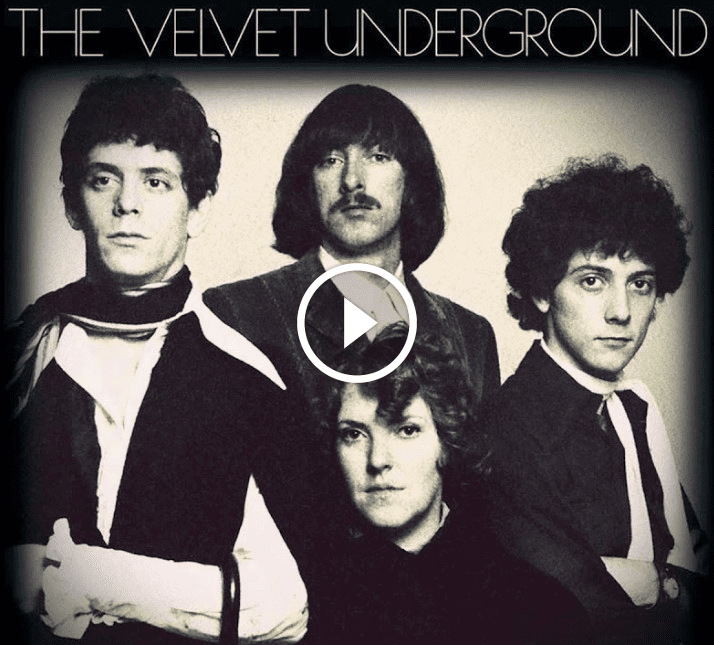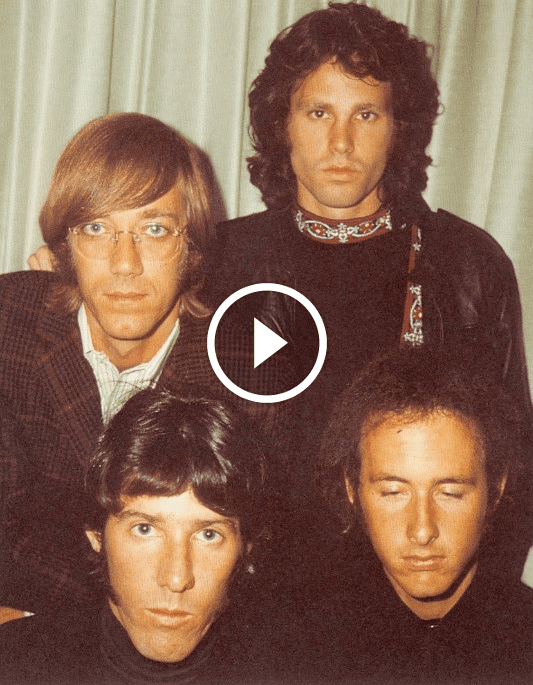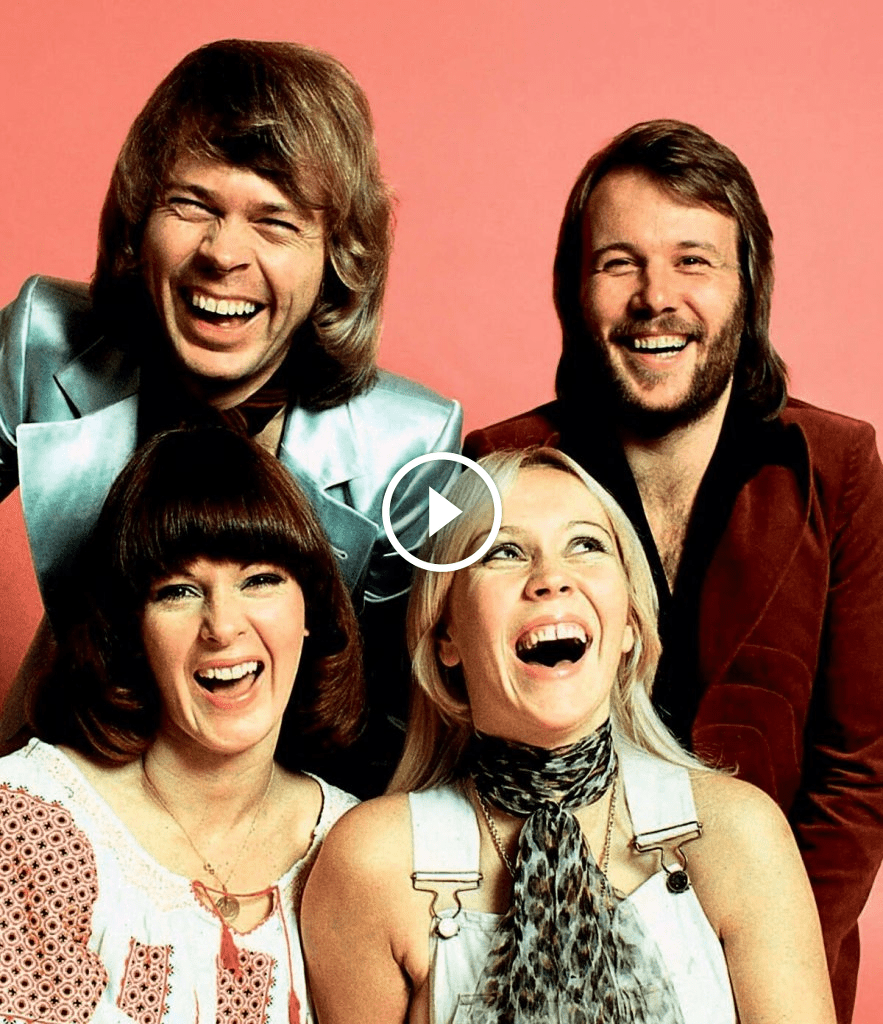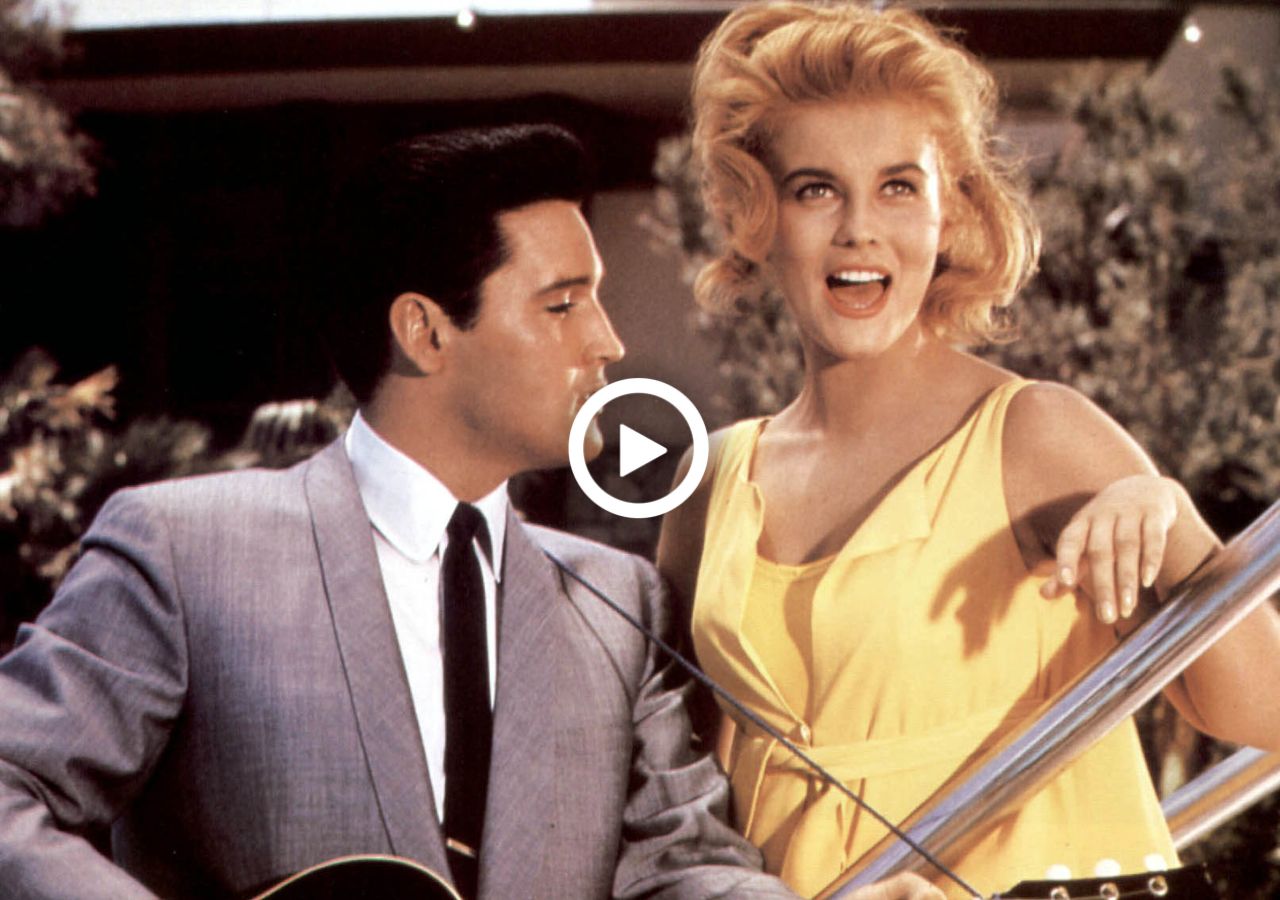The Velvet Underground’s “Pale Blue Eyes” stands as a landmark achievement in the band’s discography, capturing a raw and melancholic essence that continues to resonate with listeners decades after its release. Released in 1969 on their self-titled third album, the song remains a quintessential example of the band’s ability to blend artistic innovation with relatable emotional themes. Composed by Lou Reed, the band’s enigmatic frontman, and produced by Andy Warhol, “Pale Blue Eyes” transcends categorization, existing in a space between rock ballad and introspective folk song.
The song’s enduring appeal lies in its ability to capture the essence of urban loneliness and isolation. The title itself, “Pale Blue Eyes,” evokes a sense of detachment and emotional distance.** This imagery is further amplified by the song’s minimalist and introspective arrangement. Featuring a slow tempo driven by Maureen Tucker’s steady drumming and Sterling Morrison’s droning acoustic guitar, the song creates a stark and atmospheric soundscape. Lou Reed’s vocals, delivered in a deadpan monotone, further accentuate the emotional desolation at the heart of the song.
Lyrically, “Pale Blue Eyes” explores themes of heartbreak, disillusionment, and the struggle to find connection in a seemingly indifferent world.** Lines like “Later, as I lie awake / I can hear the sparrows outside / Singing in the cold, wet trees / Life used to be so simple” paint a vivid picture of the protagonist’s emotional state, contrasting past hopefulness with present despair. The song’s narrator observes the world around him with a sense of jaded detachment, yearning for intimacy yet fearing vulnerability.
Musically, “Pale Blue Eyes” represents a departure from The Velvet Underground’s earlier, more abrasive sound.** While elements of their signature sonic experimentation are present, particularly in John Cale’s subtle viola work, the song’s overall approach is more stripped-down and introspective. This minimalist approach allows the emotional weight of the lyrics and Lou Reed’s vocal delivery to take center stage.
Beyond its critical acclaim, “Pale Blue Eyes” has become a touchstone for artists exploring themes of alienation and urban melancholy.** The song’s enduring influence can be heard in the work of countless musicians across genres, solidifying its place as a timeless classic in the annals of rock music history.
This exploration of The Velvet Underground’s “Pale Blue Eyes” delves beyond the surface of the song, examining the creative processes that shaped its composition and production, the distinct musical elements that contribute to its stark beauty, and its significance as a testament to the band’s ability to craft emotionally resonant music that transcends genre and generation. Through a critical lens, we will analyze the interplay between lyrics, melody, and instrumentation, exploring how “Pale Blue Eyes” continues to resonate with listeners seeking a poignant reflection on the complexities of loneliness and the search for connection.




